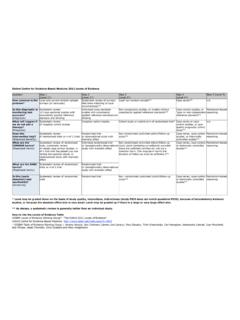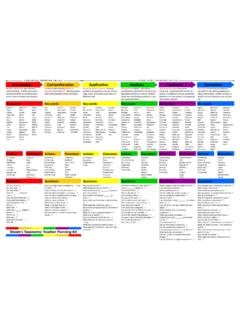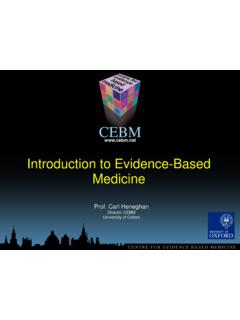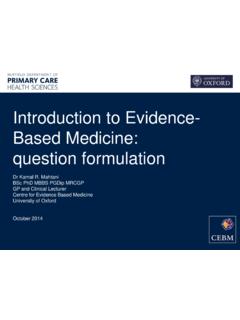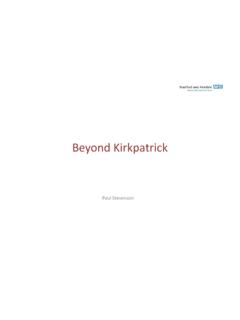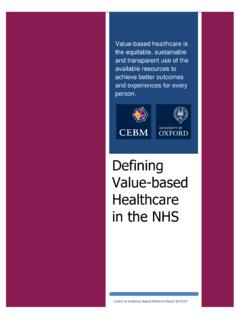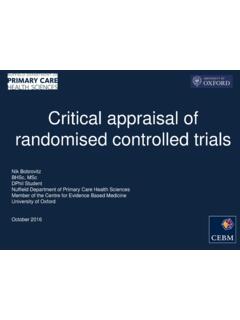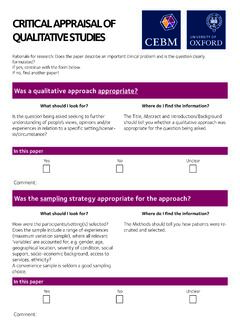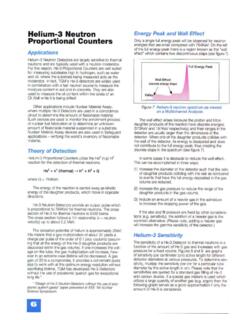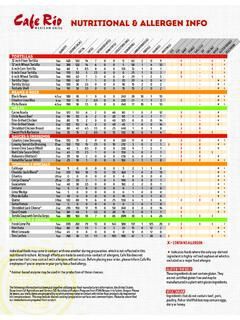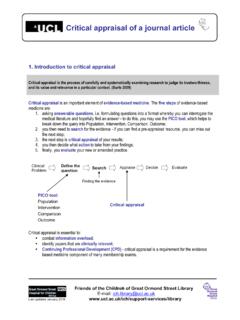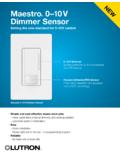Transcription of CEBM Levels of Evidence Table
1 Oxford Centre for Evidence -Based Medicine 2011 Levels of Evidence * Level may be graded down on the basis of study quality, imprecision, indirectness (study pico does not match questions pico ), because of inconsistency between studies, or because the absolute effect size is very small; Level may be graded up if there is a large or very large effect size.** As always, a systematic review is generally better than an individual to cite the Levels of Evidence TableOCEBM Levels of Evidence Working Group*. "The Oxford 2011 Levels of Evidence ".
2 Oxford Centre for Evidence -Based Medicine. * OCEBM Table of Evidence Working Group = Jeremy Howick, Iain Chalmers (James Lind Library), Paul Glasziou, Trish Greenhalgh, Carl Heneghan, Alessandro Liberati, Ivan Moschetti, Bob Phillips, Hazel Thornton, Olive Goddard and Mary HodgkinsonQuestionStep 1(Level 1*)Step 2(Level 2*)Step 3(Level 3*)Step 4(Level 4*)Step 5 (Level 5)How common is the problem?Local and current random sample surveys (or censuses)Systematic review of surveys that allow matching to local circumstances** Local non-random sample**Case-series**n/aIs this diagnostic or monitoring test accurate?
3 (Diagnosis)Systematic review of cross sectional studies with consistently applied reference standard and blindingIndividual cross sectional studies with consistently applied reference standard and blindingNon-consecutive studies, or studies without consistently applied reference standards**Case-control studies, or poor or non-independent reference standard**Mechanism-based reasoningWhat will happen if we do not add a therapy?(Prognosis)Systematic review of inception cohort studiesInception cohort studiesCohort study or control arm of randomized trial*Case-series or case-control studies, or poor quality prognostic cohort study**n/aDoes this intervention help?
4 (Treatment Benefits)Systematic review of randomized trials or n-of-1 trialsRandomized trial or observational study with dramatic effectNon-randomized controlled cohort/follow-up study**Case-series, case-control studies, or historically controlled studies**Mechanism-based reasoningWhat are the COMMON harms?(Treatment Harms)Systematic review of randomized trials, systematic review of nested case-control studies, n-of-1 trial with the patient you are raising the question about, or observational study with dramatic effectIndividual randomized trial or (exceptionally) observational study with dramatic effectNon-randomized controlled cohort/follow-up study (post-marketing surveillance) provided there are sufficient numbers to rule out a common harm.
5 (For long-term harms the duration of follow-up must be sufficient.)**Case-series, case-control, or historically controlled studies** Mechanism-based reasoningWhat are the RARE harms?(Treatment Harms)Systematic review of randomized trials or n-of-1 trialRandomized trial or (exceptionally) observational study with dramatic effectNon-randomized controlled cohort/follow-up study (post-marketing surveillance) provided there are sufficient numbers to rule out a common harm. (For long-term harms the duration of follow-up must be sufficient.)
6 **Case-series, case-control, or historically controlled studies** Mechanism-based reasoningIs this (early detection) test worthwhile?(Screening)Systematic review of randomized trialsRandomized trialNon -randomized controlled cohort/follow-up study**Case-series, case-control, or historically controlled studies**Mechanism-based reasoning
